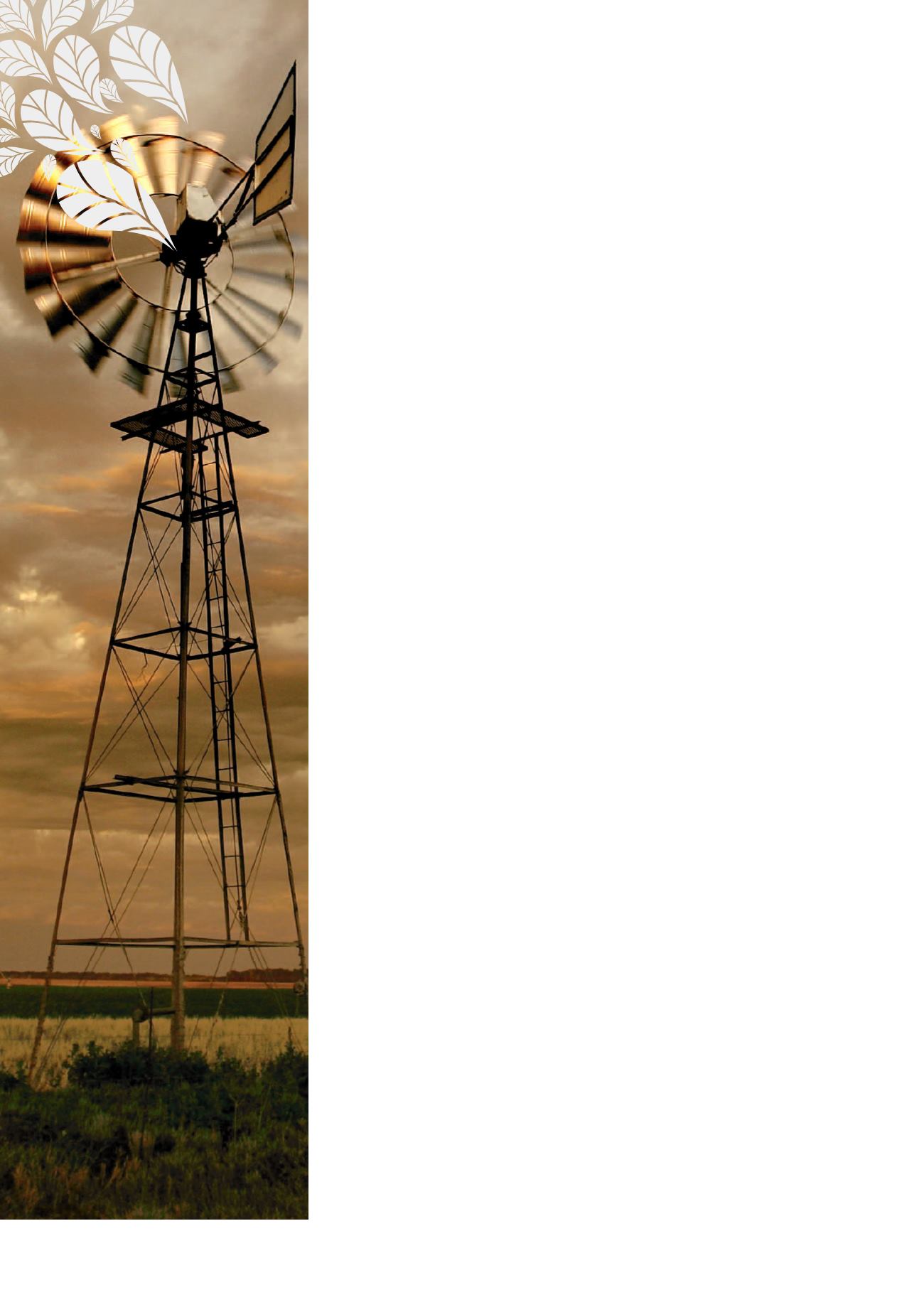

THE
GRAIN AND OILSEED INDUSTRY
OF SOUTH AFRICA – A JOURNEY THROUGH TIME
ႆႆ
the collection, provided that producers sign a written mandate for the deduction.
The voluntary levy for the 1998 season was calculated as follows:
• Sunflower at R2,60/ton
• Soybeans at R2,81/ton
• Groundnuts at R5,19/ton
The above were calculated at 0,22% of the estimated turnover and price for the
various crops.
The NOPO Executive approved the principle that an amount of R30 be paid out
to member recruiters for each completed membership application form, with a
sponsorship agreement to support recruitment actions.
The method of a voluntary contribution per ton as membership fees at the first
point of trade was a first for agriculture. Producers were used to statutory levies
that could be collected without a written mandate. The transition to a system
where a mandate had to be signed to confirm voluntary association presented
unique challenges. Agreements were concluded with buyers and co-operatives,
but the process was hampered by traditional co-operative borders for delivering
products having faded in a free-market environment.
However, the process of liaison and communication with agribusinesses and
oilseeds producers emphasised the awareness of a system of voluntary levies,
which was later implemented successfully by Grain SA. Although the system was
accepted within the NOPO structures, the implementation of the system never
really got off the ground after it had been announced that NOPO and NAMPO had
concluded a co-operation agreement (Media statement, November 1997).
Other important commodity matters
During the NOPO Congress in February 1997 the request was made that producers
be compensated according to the oil content of sunflower seeds. After the Congress
buyers and processers received several enquiries about compensating producers
according to the oil content of sunflower seed. However, feedback from the silo
industry was that it would not be logistically possible to store sunflower seed
according to oil content levels.
In November 1997 Senwes announced that it had been decided in consultation with
buyers to purchase sunflower on an oil basis in the 1998 season. The producer price
would be calculated on an oil content of 42%, with a sliding scale for payment if the
oil content was higher or lower than the 42%.
Groundnuts seed scheme: Code of conduct
TheGroundnuts Forumrecommended that a codeof conduct for the seed schemebe
put in place. The essence of the decision was that self-regulation had to be applied.
A working group was requested to investigate methods for implementing the code
of conduct. Short-term profit with groundnuts seed often determined outcomes,
however, without the long-term impact being taken into account.
1998: Planning, transition and unity in the grain industry
The year 1998 will be remembered for important decisions by leaders in the
grain and oilseeds industries to accomplish unity.
Initially the focus of discussions between NOPO and NAMPO were on co-operation,
but the borders of negotiation shifted to unity in the grain industry. The WPO (winter
grain) and the SPO (sorghum) in time became involved in these talks and gave
their support.
Producers at grassroots level also expressed the need for unity in the grain industry
to be established in a single industry organisation. This approach received general
support, as many producers farmed with summer and winter grain and oilseeds in a
crop rotation system on the same farm.
In the run-up to deregulation and the dissolution of the Oilseeds Board NOPO
co-operated at various levels with industry role-players to establish relation-
















